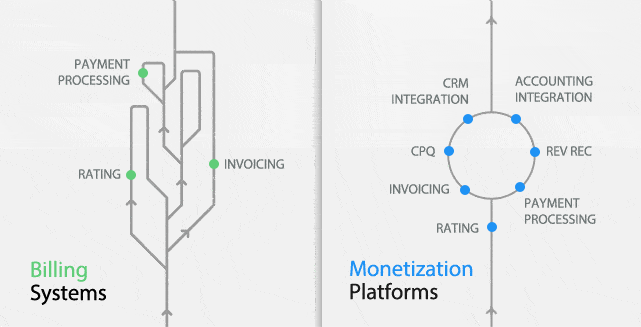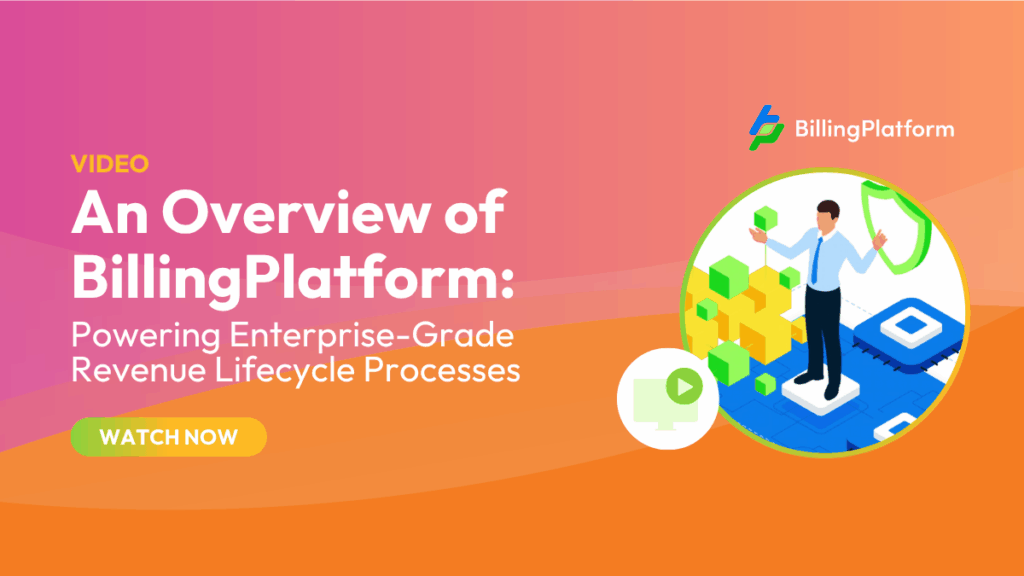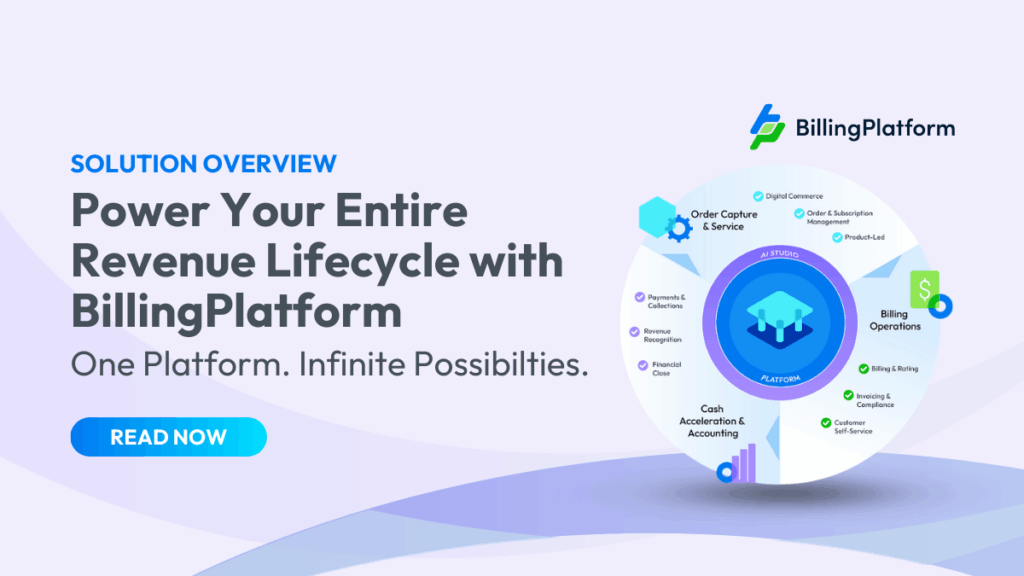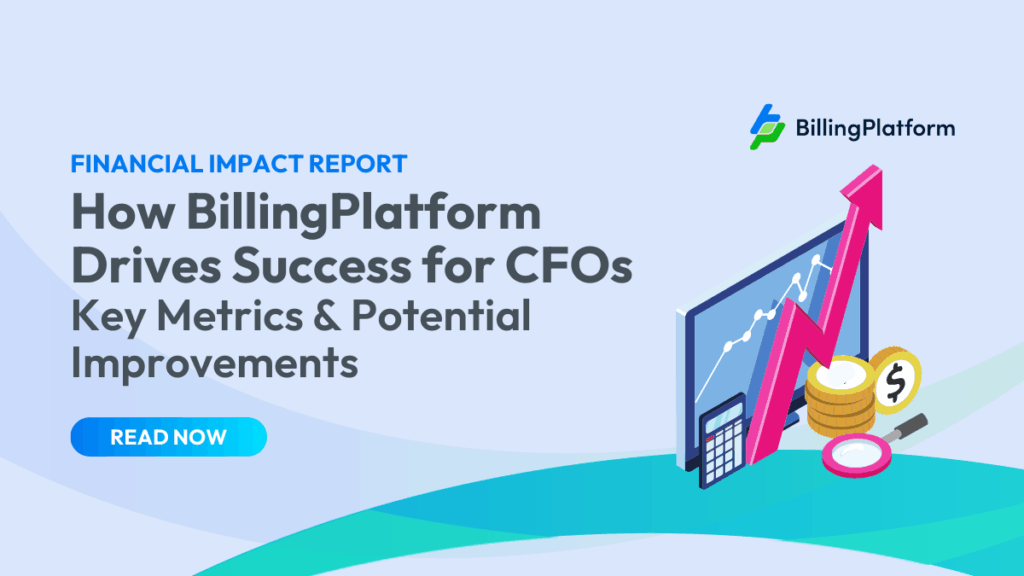In 2017, companies that have survived by cobbling together solutions that were “good enough” will finally be taking a step towards implementing transformational, cloud-based solutions that drive competitive advantage.
1. Cloud will transition from an option to a requirement in the monetization space
There was a time when companies only wanted to move functions that were not deemed mission-critical, such as CRM, to the cloud. That time has passed. The global market has validated cloud-based solutions which provide superior, cost-effective, and arguably more secure choices for companies looking to update their legacy systems. Legacy ERP, billing, and a variety of other operational systems are actively migrating to the cloud. 2017 is the year in which cloud will become the standard. The time has come when most business and consumer applications are delivered via the cloud. This mass migration, once motivated by cost and convenience, is now motivated by quality as most innovations in software applications are now focused on the cloud delivery model.
2. Billing will become a front-office function
In 2017, there will be demand for monetization platforms that elegantly unite billing with marketing, sales, operations, and financial reporting. Features like product modeling, advanced packaging, and rating, as well as CPQ and revenue recognition will be bundled with core billing. This will move billing out from the back office to allow for a more agile, connected, and fluid marketing-to-cash, or as MGI puts it, P2D, process
Companies that need to rapidly model and implement new product and pricing models can’t afford to wait until the implementation phase to discover whether new initiatives can be monetized using disconnected billing applications. Product development and price modeling will start in the biller, or monetization platform, where new products and services are developed. This will feed into built-in, rules-based CPQ and be monetized using an array of flexible invoicing and payment features with customizable revenue recognition rules.
The monetization platforms of 2017 will move into the front office because they will support the entire product lifecycle from inception to delivery to accounting making companies more agile in an aggressive and competitive global economy.
3. Everything will need to be connected
2017 will continue to accelerate the need for speed that has dominated the global economy for the past decade. Interconnected applications and data will provide a seamless and continuous cycle of product development, delivery, and reinvention that underscores the new competitive landscape.
These new, efficient, global operations can’t exist without completely connected and gracefully orchestrated systems. Slow, long-winded CPQ, invoicing, closing, and delivery processes will be eliminated through the automation and information access achieved with a holistic, interconnected environment primarily accessed via the world wide web.
In 2017, the demand for ‘billing systems’ will begin to fade as the need for end-to-end ‘monetization platforms’ grows in response to an evolving landscape.
4. The subscription economy will evolve beyond simple flat-rate subscriptions
For years, some of the newcomers in “billing” have touted the advent of the subscription economy. On a positive note, this created awareness, made the market more tangible, and helped bring meaningful use cases to bear. But the simplistic notion that companies can flip a switch and “go subscription,” or that any company (or customer) would choose to make everything subscription-based is unrealistic.
True monetization platforms provide flexibility to manage a variety of consumption models and don’t require multiple solutions behind the scenes. Equally important is the ability to evolve these models quickly and easily through clicks versus code to create a competitive advantage.
Final Thoughts
The predictions above reflect the increasing importance of innovations in technology and networks and the associated impact on consumers and the global economy. 2017 will continue to highlight the need for business information systems to respond in real-time to accommodate broad shifts in technology and consumer behaviors at an ever-increasing pace.
The traditional billing system no longer has a place in this evolving world as the demand for agility in business and associated systems requires a new, agile business machine that connects people, functions, processes, and customers with a fluid, efficient cycle of prospect-to-disclosure. The goal of the new monetization platform in 2017 is to ultimately drive technology and consumer behaviors in order to define the market instead of merely responding to them in a latent attempt to retain relevance.




